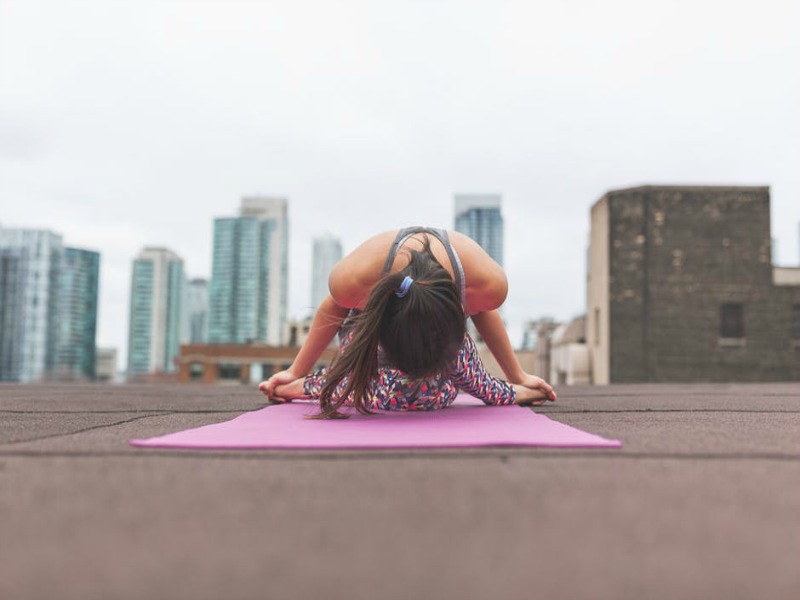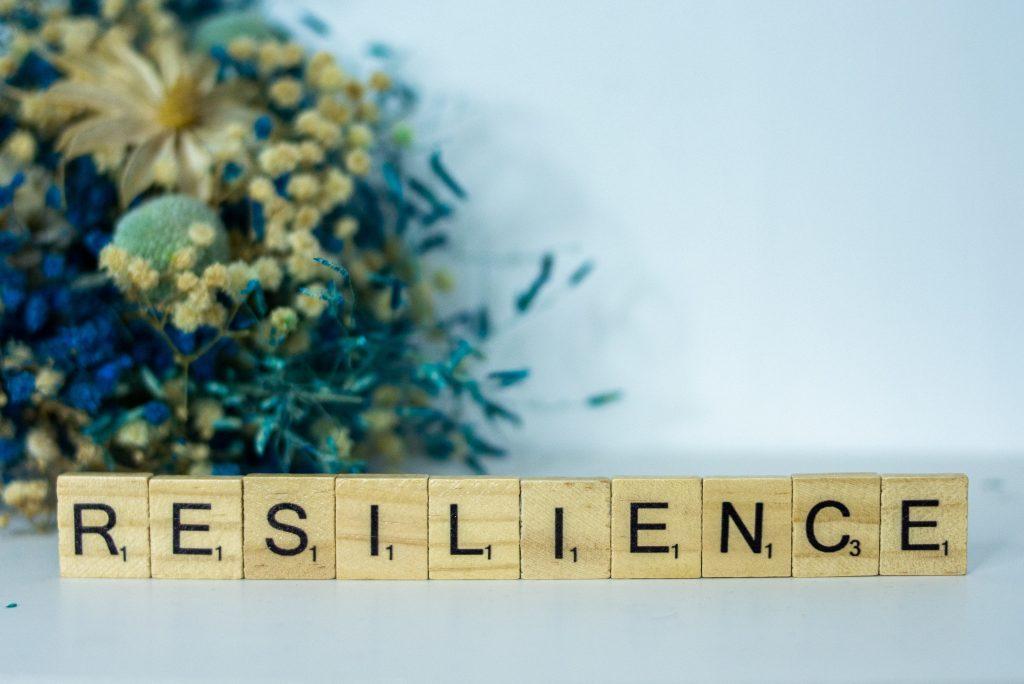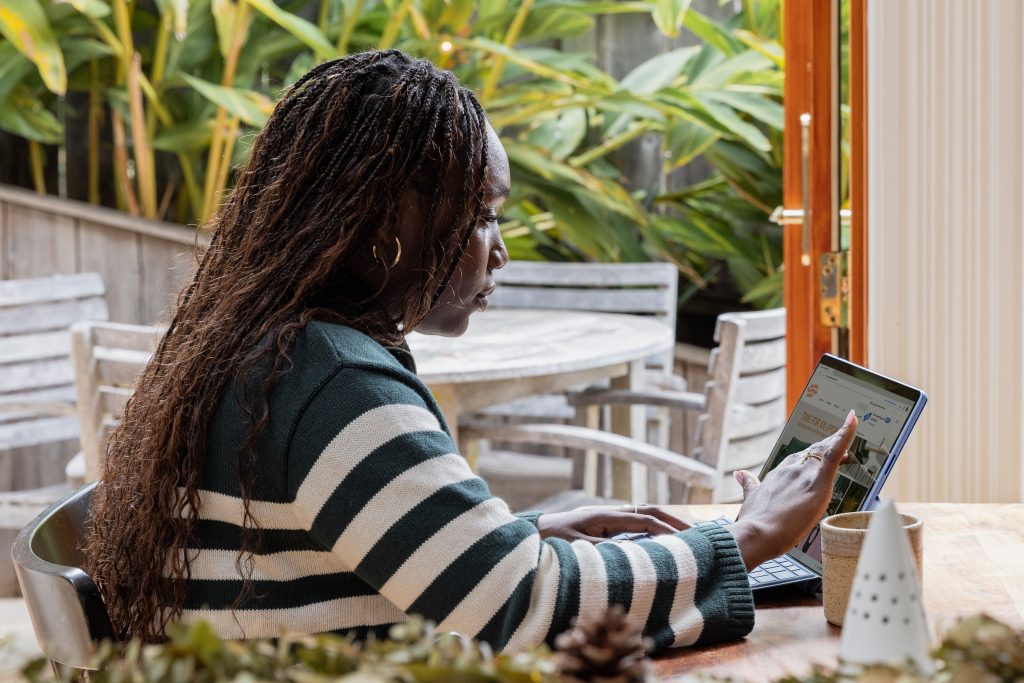This is for people who don’t meditate.
If you are someone that when they hear the word meditate they just think it is a bit wackadoodle… yeah, wackadoodle. It is a real world and I like saying it!
Instead of critiquing meditation and critiquing my crazy words, I am here to tell you to give the whole zen thing a try. It isn’t just for the granola type. It is for anyone that has a lot of noise in their mind, someone who thinks a bit negatively towards the world or themselves, someone who feels anxious (especially when Sunday rolls around) and really zen-ing out a bit is for everyone. You just may not have figured out how you like to zen.
Think of meditating as training for your mind, much like how you train your body on the regular too!
This is where MindBodyGreen is here to help! Read on to learn how to be more mindful which in turn is meditating.
From MBG – “The objective of meditation isn’t necessarily to achieve nirvana or even inner peace. In fact, the word “meditation” conjured so many clichéd Zen-like images that intimidated me that I started using the word “mindfulness” instead.
The science of mindfulness.
Today, I teach a research-based mindfulness curriculum to elementary school children. Because I’m a total science geek, to me, mindfulness is all about physiology. It’s about doing whatever it takes to bring your attention to the present moment, into your body, and out of your chattering mind. And terms aside, this practice has been shown to have multiple health and brain benefits.
Mindfulness is all about learning how our brains work and using proven techniques to increase calm, focus, optimism, and emotional intelligence. The main way to do this is through breath.
Deep breaths send soothing oxygen to your amygdala, which is like the brain’s alarm clock. When the amygdala is triggered by any stressful situation, it responds with the primal protection reactions of fight, flight, or freeze. Deep breaths also activate the parasympathetic nervous system, which is responsible for rest and recuperation.
Sitting quietly with your eyes closed and focusing on something that doesn’t require a lot of brain power, like counting the length of your breaths, helps your brain slip into relaxing alpha wave, which brings on a cascade of health benefits ranging from reducing inflammation to reducing aging.
Um, yes, please.
Trust me, if I can practice mindfulness, anyone can do it.
Here are five simple techniques to get started if you’re meditation-averse:
1. Basic breath.
This is a basic mindfulness breathing technique that will help you keep your mind from wandering back to stressful thoughts. You can do this just about anywhere and will likely experience the calming benefits after just a few minutes. The goal is to breathe evenly and slowly and count during each exhale. Only count up to 5, and then start over. If you find yourself on number 8, 10, or 15, you’ll know your mind has wandered, and you can go back to counting during exhales only up to number 5. You can also keep your hand on your heart if the sensation of your heartbeat helps you to focus on your breath.
2. Square breathing.
Imagine you’re drawing a square in the air. While inhaling slowly to a count of 1-2-3-4, imagine the upward line of a square in the air, or you can actually draw it with your index finger. When your inhale is complete, hold your breath to an equal count of 1-2-3-4 while imaging or drawing the top line of the square in the air. Next, exhale slowly to a count of 1-2-3-4 while you imagine or draw the downward line of the square. Lastly, hold your breath for 1-2-3-4 while you complete the square by imagining or drawing the bottom line across in the air. Repeat this cycle several times, either with your eyes open or closed.
3. Squish and relax.
Lie down with your eyes closed. Squish and squeeze every muscle in your body as tightly as you can. Squish your toes and feet, tighten the muscles in your legs all the way up to your hips, suck in your belly, squeeze your hands into fists, and raise your shoulders up to your head. Hold yourself in your squished-up position for a few seconds, and then fully release and relax. Do this two or three times. It should bring extra awareness to your body and may help you feel more relaxed and present.
4. Use the five senses.
When you home in on your five senses (touch, taste, hearing, smell, and vision), you connect with your body, notice sensations happening in this very moment, and give yourself a mental break. You can have fun and get creative with this with props. I like to use aromatherapy oils for smell, yummy treats for taste, a few beautiful cards and photos for sight, a small, soft pillow for touch, and my favorite playlist for sound. You may want to try a piece of fresh orange peel, a sprig of lavender, or a jasmine flower for smell, or a feather or smooth stone for touch. Close your eyes, slow your breathing, and focus on each of your senses, one at a time (or just pick one sense to focus on at a time). The key is to take in each sensation slowly, with nonjudgmental attention.
5. Belly breathing.
Place one or two hands on your belly while you sit or lie down comfortably. As you breathe in slowly and deeply, imagine the breath filling your belly. Gently push your belly outward while you fill it with air with each inhale, and allow your belly to fall when you empty the air with each exhale. Often we breathe in an opposite way to this: sucking our bellies in when we inhale and pushing our bellies out when we exhale. By imagining our bellies filling with air with each inhale instead, we can maximize the amount of oxygen we’re taking into our lungs.
As you start to embrace mindfulness as a daily practice, just think of it as yoga training for your mind. We have to train our minds just like we train our bodies, with regular practice and dedication.”






